Buying Guide for the Best Rotary Drills
Choosing the right rotary drill can make a significant difference in your DIY projects or professional work. Rotary drills are versatile tools used for drilling holes in various materials, including wood, metal, and masonry. To find the best fit for your needs, it's essential to understand the key specifications and how they impact the performance and suitability of the drill for different tasks.Power SourceRotary drills can be powered by electricity (corded) or batteries (cordless). Corded drills offer consistent power and are ideal for heavy-duty tasks, while cordless drills provide portability and convenience, making them suitable for lighter tasks and use in areas without easy access to power outlets. Consider your typical work environment and the nature of your projects when choosing between corded and cordless options.
Motor PowerMotor power is measured in watts for corded drills and volts for cordless drills. Higher power means the drill can handle tougher materials and more demanding tasks. For light household tasks, a lower power drill (around 500-700 watts or 12-18 volts) is sufficient. For more intensive work, such as drilling into masonry or metal, look for higher power (800+ watts or 20+ volts). Match the motor power to the type of work you plan to do most often.
Speed SettingsRotary drills come with variable speed settings, usually measured in revolutions per minute (RPM). Higher speeds are useful for drilling into softer materials like wood, while lower speeds are better for harder materials like metal and masonry. Some drills offer multiple speed settings, allowing you to adjust the speed based on the material and task. If you need versatility, choose a drill with adjustable speed settings.
Chuck SizeThe chuck is the part of the drill that holds the drill bit. Common chuck sizes are 3/8 inch and 1/2 inch. A larger chuck size can accommodate bigger drill bits, which is useful for heavy-duty tasks. For general household use, a 3/8 inch chuck is usually sufficient. If you plan to do more demanding work, consider a drill with a 1/2 inch chuck.
ErgonomicsErgonomics refers to how comfortable and easy the drill is to use. Look for features like a comfortable grip, balanced weight, and easy-to-use controls. A well-designed drill reduces fatigue and improves precision, especially during extended use. If you plan to use the drill frequently or for long periods, prioritize ergonomics to ensure a comfortable experience.
Additional FeaturesSome rotary drills come with additional features like built-in LED lights, keyless chucks, and hammer functions. LED lights can help illuminate your work area, keyless chucks make changing bits easier, and hammer functions add extra force for drilling into tough materials like concrete. Consider which features will be most beneficial for your specific needs and choose a drill that offers those enhancements.

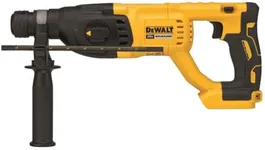
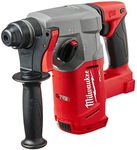
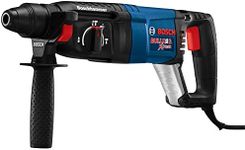
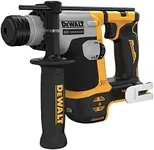

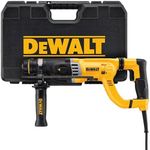

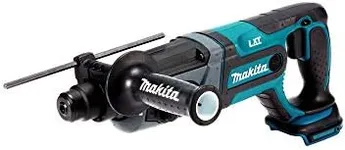

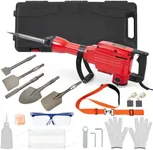

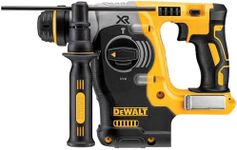
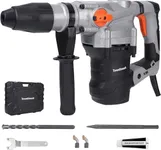

![[Upgraded] 12.3 Amp Rotary Hammer Drill, 1-1/4 Inch SDS-Plus 4 in 1 Multi-functional Heavy Duty hammer drill, Safety Clutch, Drill Chuck, for Concrete, Tile, Wall, Stones, Cement and Metal](https://images-proxy.bestreviews.guide/6fszEfCOWXx19Dijk3TWYQmVlDg=/0x150/https://m.media-amazon.com/images/I/516tUZ7zj6L._AC_CX679_.jpg)






